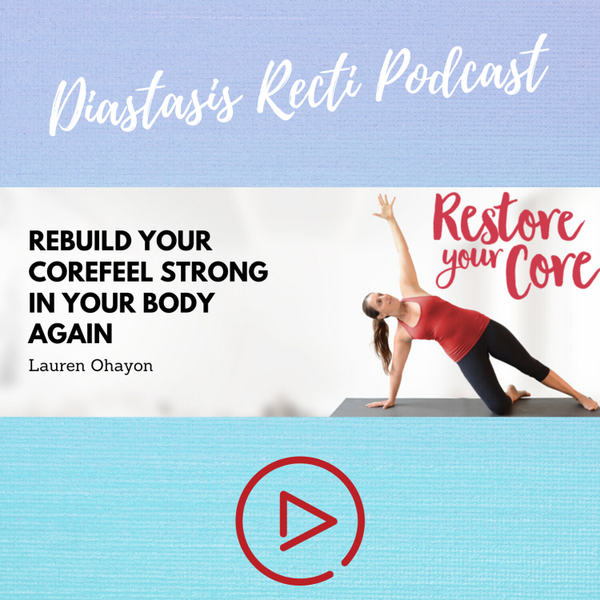
Pelvic Floor Exercise
- S1E36
- 02:43
- February 19th 2021
Pelvic floor exercise routines are often very diverse in information regarding the styles and methods you should pursue when seeking to build pelvic floor strength. Some exercise experts will advise pelvic floor muscle training and engagement that actively contracts both your core and your pelvic floor. Their reasoning may seem valid, as we commonly agree that engaging certain muscle groups can help strengthen them, as they contract and release. However, I believe that there is a lot to be desired with this method of exercising the pelvic floor.
In my programs, I always teach my clients how to properly train their pelvic floors to lift and release appropriately depending on the task and load.
When you contract your muscles, you either make them longer (think slow release of a bicep curl) or you make them shorter (as with a bicep curl). In each case, these muscles are contracting in order to gain strength. In pelvic floor exercises, such as kegel exercises, you are contracting (making them shorter) and tightening the pelvic floor muscles.
However, what many people may not realize is that with pelvic floor issues like pelvic floor dysfunction or pelvic organ prolapse, these muscle groups may already be too short, overly toned, and too strong. If this is the case, doing kegel exercises may only increase various symptoms you are already facing.
In order to properly strengthen the pelvic floor we need to train the pelvic floor to be responsive to load and movement. To contract as needed and to be able to release as needed. Simply blanket statements of “contract and shorten” all the time is a very one dimensional model.
How to Strengthen the Pelvic Floor
Many of my clients have come to me with the same issues mentioned above – overly short contracted pelvic floor that make engagement nearly impossible for them. Your pelvic floor helps support the entire pelvic system and much of your body’s weight – that is a ton of load! If your pelvic floor is too short, it makes movement, engagement, and pressure harder to handle. What we want to do is teach the client how to properly train their pelvic floor to handle their movements and respond appropriately to their actions, exercises, and movements. Kegel exercises which continue to shorten your pelvic floor are incapable of doing this. So, how do we do this correctly?
How to Do Pelvic Floor Exercises Correctly
The first step to improving the way we approach pelvic floor exercises is pelvic alignment. The position of our pelvis greatly affects the tone and strength of our pelvic floor. First, we must ensure that the client is not tucking their pelvis under all the time. If this is the case, the pelvic floor is too tight and will be harder to engage. Muscles cannot go through their full range when they are limited based on posture.
The second step is resolving any chronic tension, holding, and hypertonic patterns if there are any present. In this case, it may be helpful for the client to discuss internal exercises with a women’s health physical therapist. In my program, I would be teaching women and men how to properly re-pattern their movements. In some cases this involves kegel-like exercises, but do not focus primarily on squeezing and tightening the pelvic floor.
The next step would be pursuing neutral pelvic arrangement exercises.
Exercises to Re-Align the Pelvis:
Simply put, we don’t always need to squeeze or tighten the pelvic floor in order to resolve pelvic floor dysfunction or other additional pelvic floor issues. A responsive pelvic floor will lift up with proper core engagement when the pelvis is properly aligned and there is no chronic holding, tight, tension or hypertonic pattern. The passive lifting of the pelvic floor as a result of proper core recruitment is a much better way to train the pelvic floor. Not only that, but just squeezing the pelvic floor only gets to the more superficial fibers and not to the deeper layers of the muscles.
Restore Your Core: Diastasis Recti and Pelvic Floor Talks
The Restore Your Core podcast is all about health and fitness for those struggling with Diastasis Recti or Pelvic Floor issues.
Lauren Ohayon makes videos, runs a thriving facebook group, and creates blogs that help people to feel better and reclaim their healthy bodies.
https://restoreyourcore.com/learn/diastasis-recti/
If you're too busy to read the blog then feel free to listen to the podcast! We hope to be a part of your core restoration journey.